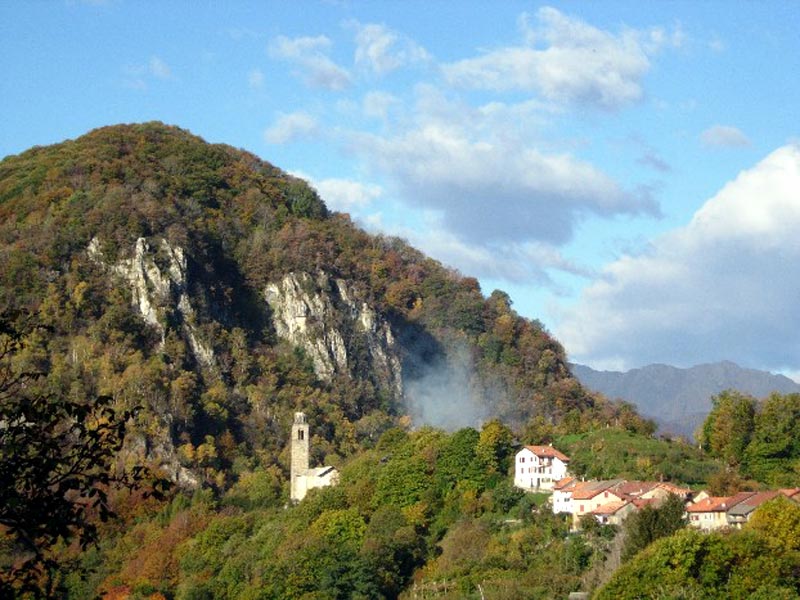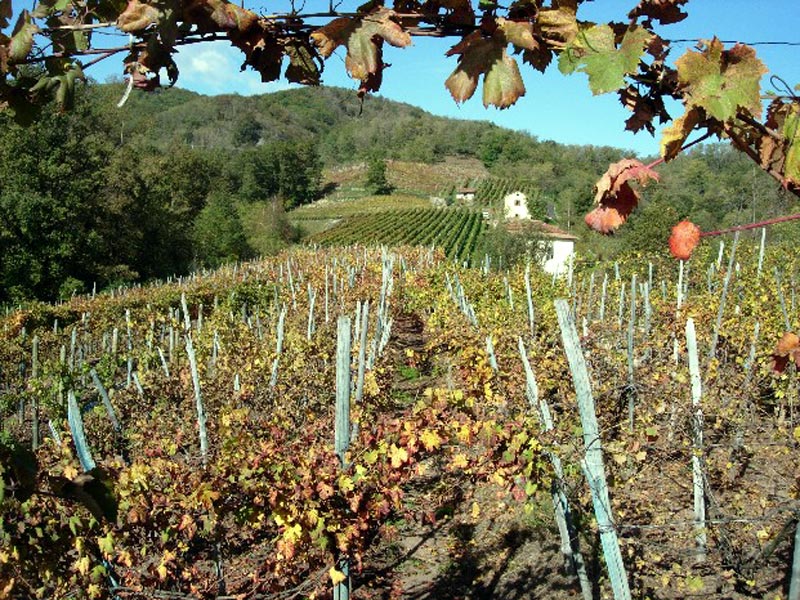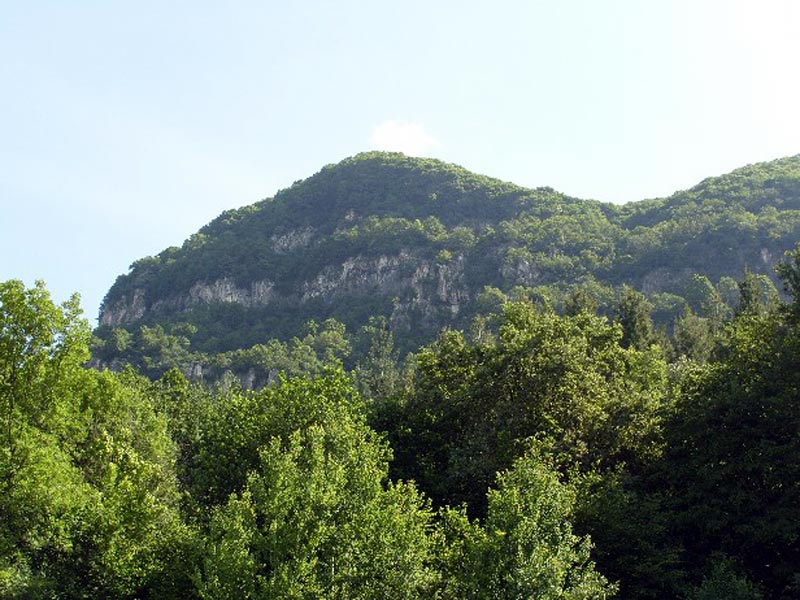Points of Interest
"Carlo Conti" Archaeology and Paleontology Museum in Borgosesia
Via Combattenti - 13011 Borgosesia (VC)
Opening times: on Thursdays 9.30 a.m.-12.30 p.m. and on Saturdays 3.30 p.m.-6.30 p.m.
Info and bookings: Comune di Borgosesia - Secretary Office - Tel. 0163/22205
Borgosesia Ethnography and Folklore Museum
Via delle Manifatture, 10 - 13011 Borgosesia (VC)
Tel. 0163/22505 - 0163/23178
Temporarily closed
Visits by previous booking.
Boca
St. Gaudenzio Church near the cemetery (12th century)
Borgosesia
Sant'Anna of Montrigone Sanctuary
Cellio
Parish church with 17th century paintings by Tanzio from Varallo
Cavallirio
The medieval tower
Grignasco
S. Maria Assunta and S. Graziano Church
Prato Sesia
Ruins of Sopramonte Castle (15th century)
Valduggia
S. Giorgio Parish Church with paintings by Gaudenzio Ferrari and 16th-17th centuries wood works
Zuccaro
Parish with paintings by Giulio Cesare Luini
The Caves of Fenera
Mt. Fenera is the one and only big complex of sedimentary rocks in Valsesia. The basis of the mountain consists of gneiss schists probably dating back to a pre-Cambrian era, on which there is a red-brown formation of quartziferous porphyries of Paleozoic Age; beyond that there is a series of calcareous-dolomitic rocks of the Trias (Mesozoic Era) with a thickness of about 300m in the middle area of the mountain and which can be easily identified for its light colors on the western slope.
Above the dolomite rocks up to the summit there are Jurassic formations (Low and Middle Lias) presenting rests of fucoids and ammonites.
Towards the end of the Cenozoic Era, during the Pliocene, the sea still invaded the Po Plain and trickled in the Alpine Valleys: for this reason, in the marly deposits which originated about 6 million years ago it is possible to find many species of mollusks and sub-tropical flora.
The structure of the mountain is characterized by two main fractures (faults) due to the dislocation movements of the "alpine" era: one spreads towards the ENE-WSW direction (Cremosina line), while the other, which is orthogonal to the first one, covers the eastern slope of the mountain.
In addition to the two above-mentioned faults, the calcareous-dolomitic banks are characterized by many other fractures and clefts of tectonic origin due to the poor plasticity of the rock. The action of water has been really strong on them, both chemically and mechanically, so that a complicated circulation in different cavities of the dolomite rocks formed.
Of the cave dwelling groups of the mountain which opened on the western slope, only two are of particular interest for speleologists:
- "Buco della Bondaccia" cave, at 690m above-sea level; it develops for about 400 meters and the greatest differences in height are - 85 meters; it is considered an ideal training ground for speleologists because of its intermediate difficulty levels.
- "delle Arenarie" cave at 770m above-sea level; it covers 3,000 meters and its maximum depth reaches the 152 meters. It has been named after the arenaceous mountain area where it forms and subsides at less than 10 meters from the natural entrance in shafts, narrow passages, galleries, and wells, in a complicated series of passages with marvelous concretions.
Given the difficulties which can be found by going through it, in order to explore this cave group it is necessary to be accompanied by expert spelaeologists and to have adequate equipment.
The cave has a secondary entrance which has been artificially opened in the rock, and which allows an easier access to the bottom of the cave.
By previous agreement with the Park Authority, it is possible to explore other caves, "della Torre", "dei Pipistrelli", and "del Laghetto", which are smaller since they are inside other caves of prehistoric interest.
You can access the caves from Borgosesia Fenera S. Giulio, going along a steep trail.









